New Scientist covers the latest developments in science and technology that will impact your world. New Scientist employs and commissions the best writers in their fields from all over the world. Our editorial team provide cutting-edge news, award-winning features and reports, written in concise and clear language that puts discoveries and advances in the context of everyday life today and in the future.
Elsewhere on New Scientist
What’s in a name? • Psychology research can help guide leaders towards a true meritocracy
New Scientist
Giant berg heads for South Georgia
Analysis US politics • Trump’s first week With a blitz of executive orders, the new US president set the country on a path to derail climate goals, biomedical research and pandemic readiness, reports Chelsea Whyte
Dinosaurs may have first evolved in the Sahara and Amazon rainforest
World is on track for up to 3.7°C of warming by 2100
Crystal twist could boost electronics • Discovery could pave the way for coveted room-temperature superconductors
Covid smell loss eased by injecting cells into the nose
Holey battery may make wearables more breathable
Use of wind and solar does expose nations to energy price spikes
Brain implant lets man fly a virtual drone by thought
Intentionally burning land reduces effects of wildfires
Corals grown from frozen sperm • Cryopreserved sperm could one day help with coral breeding programmes
Habitable planets may have formed early on
Rock dust alters Earth’s reflectivity • Sprinkling crushed rock on fields could increase how much light is reflected back into space
This illusion expands as you stare at it – now we know why
Giant sloths lived alongside people in South America before extinction
Electric cars now last as long as petrol and diesel counterparts
Orchid has a fail-safe way to pollinate itself
Weight-loss drugs lower risk of 42 conditions
Icy balls may be a new kind of star • A pair of weird objects in space are unlike anything we have seen before
Megaflood shaped Sicily as it refilled the Mediterranean Sea
Extremely cold atoms defy entropy • Some atoms can resist the laws of physics when their quantum properties are controlled
Strange structures deep within Earth are truly ancient
Scorching supersonic winds swirl on alien planet
Vertical solar panels generate electricity while helping crops
Boldly attempting to go • Scientists’ ideas for interstellar spacecraft range from the wholly improbable to the wildly expensive and very difficult, says Ed Regis
No planet B • A cat in hell’s chance? Reintroducing predators like the lynx sounds wonderfully romantic in principle, but there are hoops to jump through first, learns Graham Lawton
Burning up
Human rights for all? • Some animals – and even machines – may turn out to be conscious. Must we wait for scientific certainty before sharing our rights, asks Michael Marshall
Sticking your neck out • The neck is less than 1 per cent of the human body’s surface area, but it plays an oversized role in our lives, finds Elle Hunt
New Scientist recommends
Don’t bet on human futures • A provocative new book delves into the way humans – and elephants – evolved to manage risk. Our strategy may cost the planet dearly, finds Simon Ings
Your letters
Black holes from nowhere • My conception of “virtual” black holes that hide in the fabric of the cosmos may explain what dark energy is, says Samir Mathur
DRESS TO IMPRESS • Our ancestors invented clothing to keep warm, so how did it become a thing of beauty, style and symbolism? Alison George investigates
“By bending rules and giving...
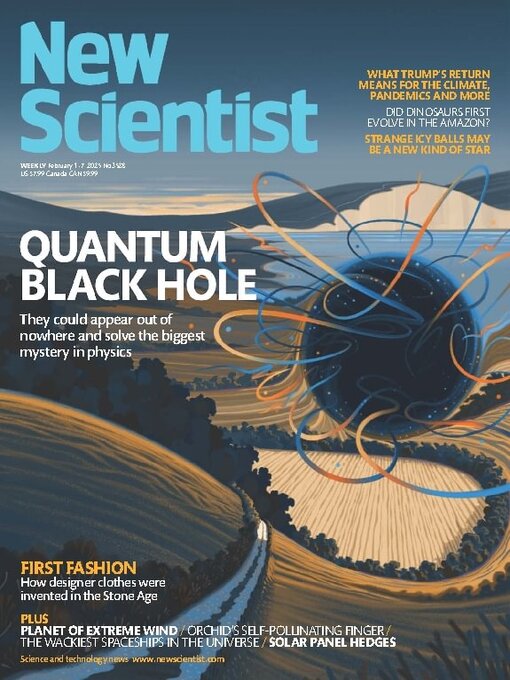
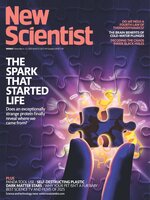 Dec 06 2025
Dec 06 2025
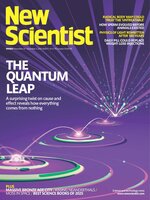 Nov 29 2025
Nov 29 2025
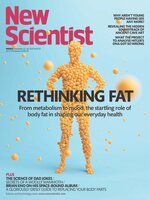 Nov 22 2025
Nov 22 2025
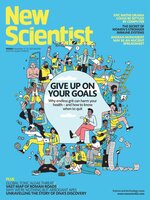 Nov 15 2025
Nov 15 2025
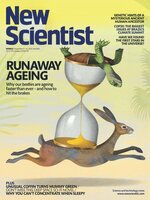 Nov 08 2025
Nov 08 2025
 Nov 01 2025
Nov 01 2025
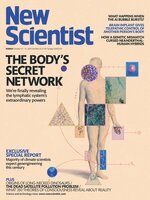 Oct 25 2025
Oct 25 2025
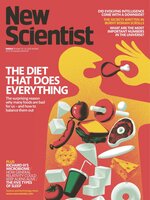 Oct 18 2025
Oct 18 2025
 Oct 11 2025
Oct 11 2025
 Oct 04 2025
Oct 04 2025
 Sep 27 2025
Sep 27 2025
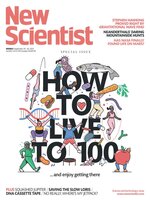 Sep 20 2025
Sep 20 2025
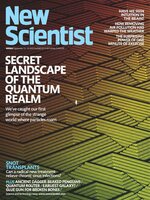 Sep 13 2025
Sep 13 2025
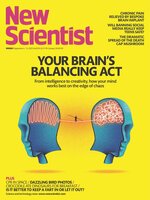 Sep 06 2025
Sep 06 2025
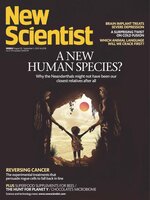 Aug 30 2025
Aug 30 2025
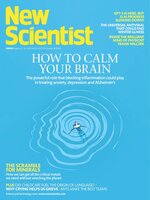 Aug 23 2025
Aug 23 2025
 Aug 16 2025
Aug 16 2025
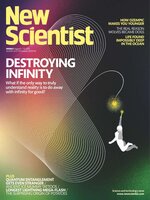 Aug 09 2025
Aug 09 2025
 Aug 02 2025
Aug 02 2025
 Jul 26 2025
Jul 26 2025
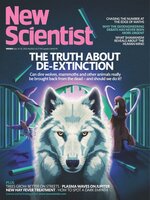 Jul 19 2025
Jul 19 2025
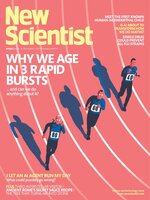 Jul 12 2025
Jul 12 2025
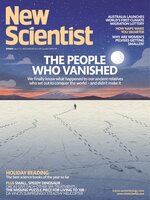 Jul 05 2025
Jul 05 2025
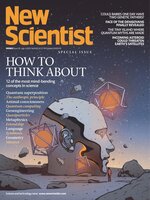 Jun 28 2025
Jun 28 2025